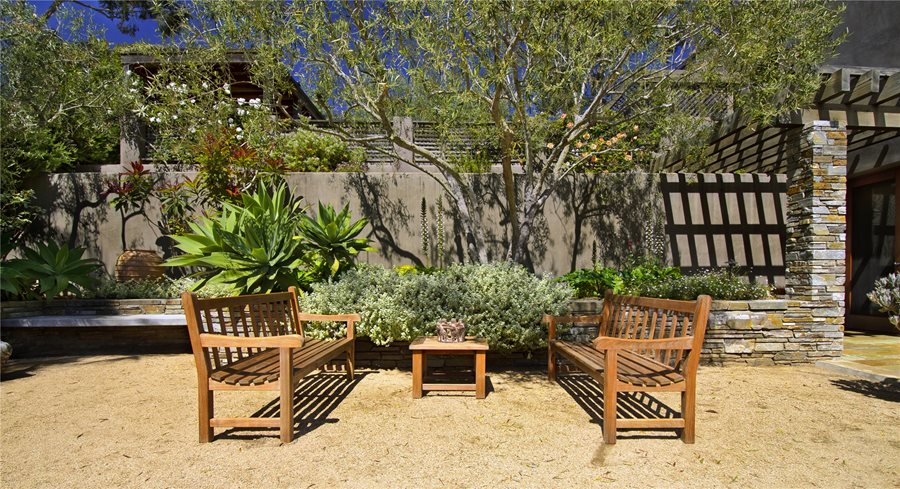Title : Landscape Design Basics Principles
Link : Landscape Design Basics Principles
Landscape Design Basics Principles
Balance is simply a sense of equality. Landscape plants should be arranged so as to conform to these principles.
Basic principles of landscape design landscaping combines elements of art and science to create a functional aesthetically pleasing extension of indoor living to the outdoors.
Landscape design basics principles. A harmonious composition can be achieved through the principles of proportion order repetition and unity. The principles of landscape design are guidelines or tools that designers use to create attractive pleasing and comfortable landscapes. Asymmetrical balance on the other hand is one of the principles of landscape design thats a little more complex.
Repetition is used to bring about unity in your design by repeating like elements which include plants and decor in the landscape. 8 basic principles of landscape design 1. May remain constant to create some unity shapes and hardscapes may be more random.
There will be variations in size shape and color with tall plants against a building or in the back of a flowerbed and paths that lead people through the space. Lets start with two rules that can kick start the process of laying out a landscape then move on to guidelines that help in scaling the proportions of a gardens elements and finally to choosing and using the right plants. Obey the law of significant enclosure.
There are two types of balance in design. Unity in landscaping is the repetition and consistency of a design. One initial purpose of landscape design is to blend mans technology house or building into the natural surroundings.
Symmetrical and asymmetrical. The landscape design principles are proportion order repetition and unity. Consistency is used to create unity by fitting different elements of a landscape together to create a common unit or theme.
Its the trickiest principle in landscape design for beginners but scale and pacing give your yard a pulled together look. It is also balanced providing a unified appearance between the house and the outdoors. Understanding the principles of landscape design the science of landscaping can be found in the principles of design.
Here the elements of landscaping come together to develop a garden design that is not only attractive and inviting. All of the principles are related and applying one principle helps achieve the others. Namely proportion transition and unity.
Design principles guide designers in organizing elements for a visually pleasing landscape. Proportion proportion refers to the size of an object in relation to other objects in the landscape. Proportion is the sense that the size of the individual components the landscape plants or groups of components in a landscape is consistent with the landscape as a whole.
Free newsletter with garden design tips every thursday. Three principles of garden design apply to the overall feel of the landscape. While textures forms colors etc.
Thus this article Landscape Design Basics Principles
You are now reading the article Landscape Design Basics Principles with the link address https://peaceabean.blogspot.com/2018/11/landscape-design-basics-principles.html



